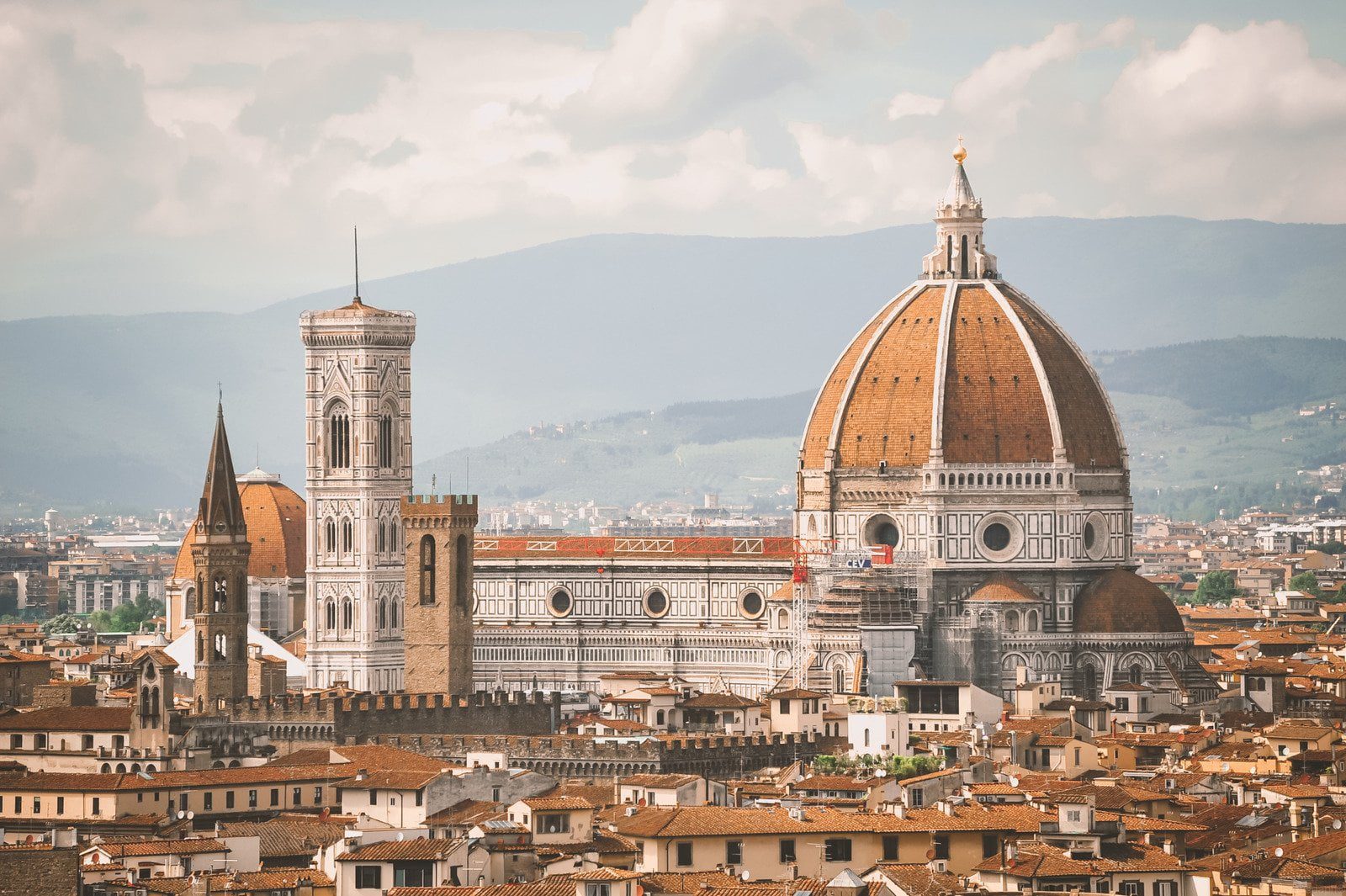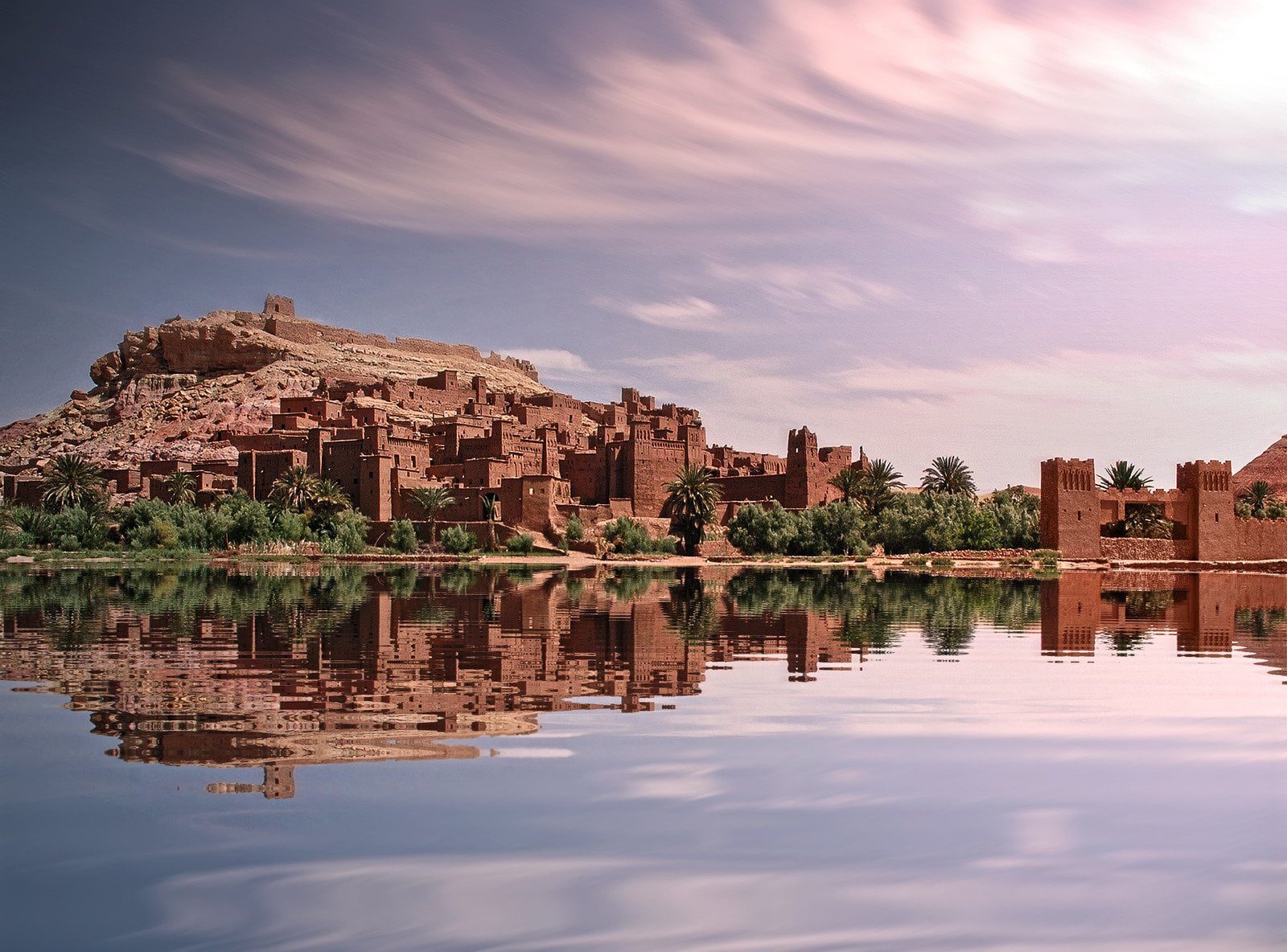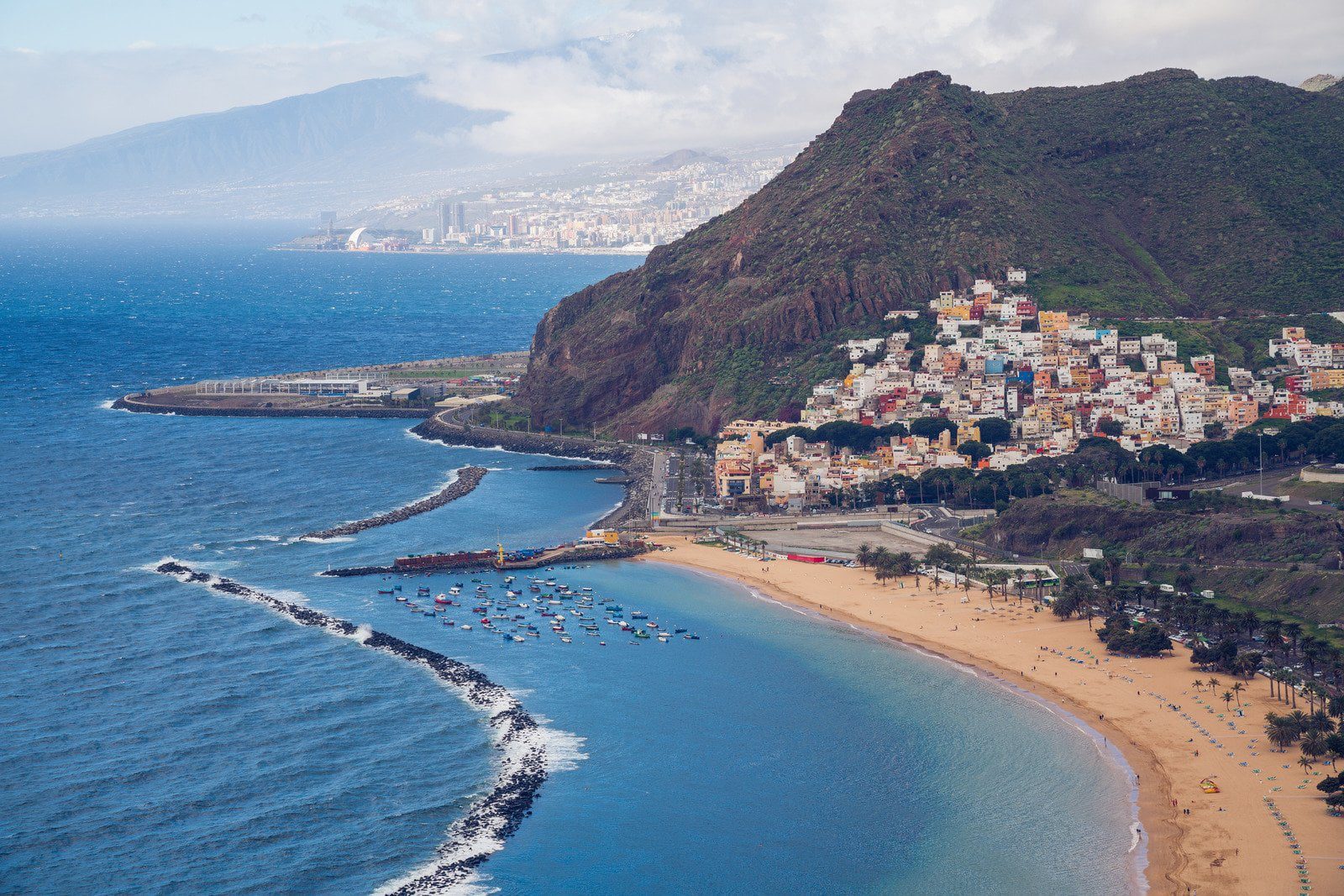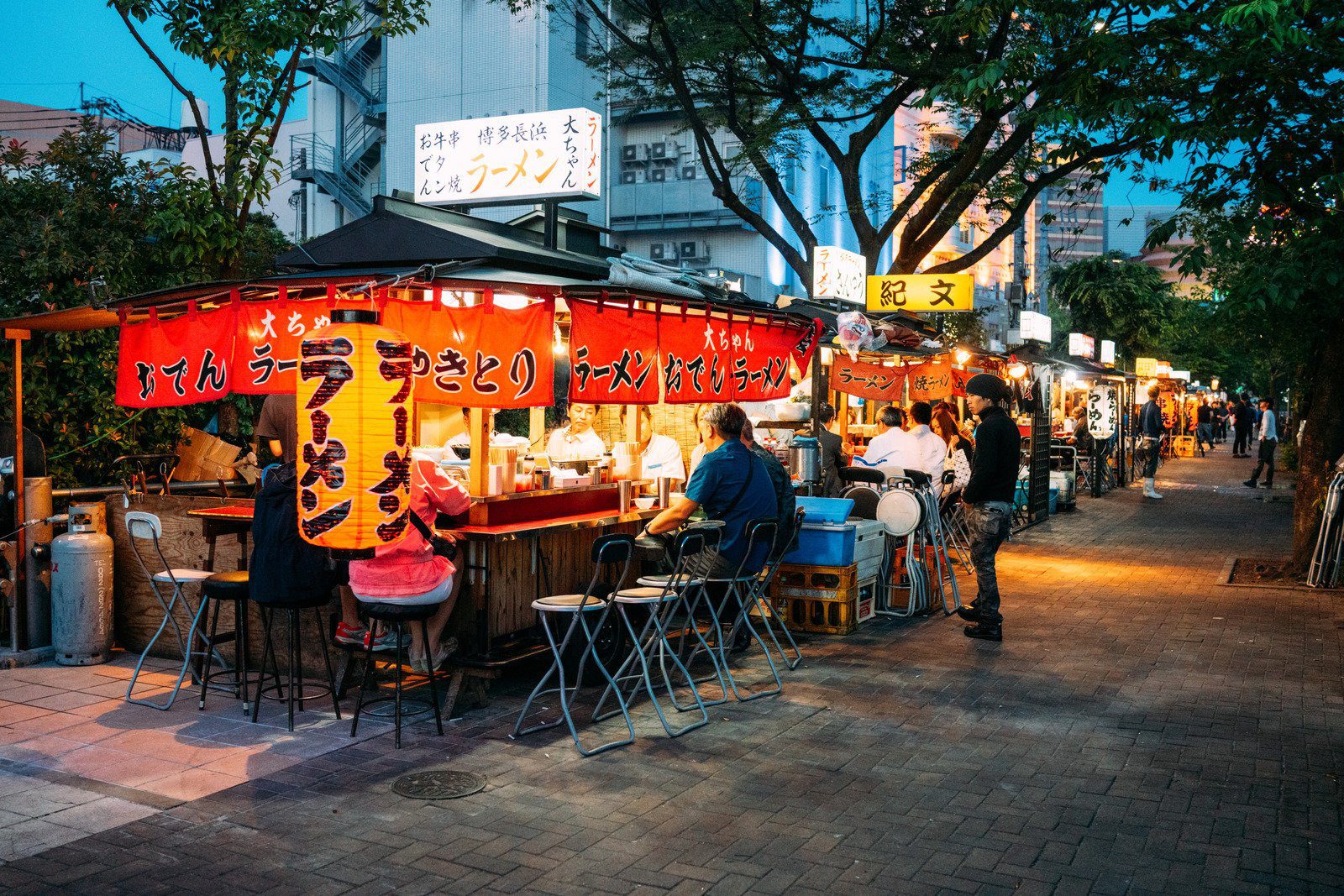Tuscany, a region synonymous with rolling green hills, charming villages perched on hilltops, and a rich artistic legacy, also boasts a world-renowned wine culture. Embarking on a wine tasting adventure in Tuscany is more than just sampling delicious beverages; it’s a journey through history, culture, and the art of living well. From the sun-drenched vineyards of Chianti Classico to the ancient cellars of Montalcino, Tuscany offers a sensory experience that awakens the palate and nourishes the soul.
A Tapestry of Vines: Unveiling Tuscany’s Diverse Wine Regions
Tuscany boasts a diverse landscape, reflected in its rich tapestry of grape varietals and regional wine styles. Here are some of the most celebrated wine regions to explore:
- Chianti Classico: Nestled between Florence and Siena, Chianti Classico is the crown jewel of Tuscan wines. The iconic “Black Rooster” seal guarantees the authenticity and quality of wines produced here. Sangiovese, a bold and versatile grape, forms the backbone of Chianti Classico, often blended with Canaiolo and Colorino for added complexity.
- Brunello di Montalcino: Montalcino, a hilltop town overlooking breathtaking vistas, is the exclusive home of Brunello di Montalcino. This prestigious wine is crafted solely from Sangiovese grapes, known locally as Brunello, and must be aged for a minimum of five years. Brunello di Montalcino is a full-bodied, complex wine with notes of dark fruit, leather, and earth.
- Vernaccia di San Gimignano: San Gimignano, a UNESCO World Heritage Site known for its medieval towers, produces a distinctive white wine called Vernaccia. This crisp and dry wine, made from the Vernaccia grape, offers refreshing acidity and notes of citrus and almond.
- Vino Nobile di Montepulciano: Montepulciano, a charming town perched on a hilltop, boasts a long history of winemaking. Vino Nobile di Montepulciano is a full-bodied red wine crafted primarily from Sangiovese grapes, offering a distinctive blend of power and elegance.
Exploring these diverse wine regions allows you to experience the unique terroir – the combination of soil, climate, and grape varietals – that shapes the character of each wine.
Beyond the Bottle: A History Steeped in Winemaking Tradition
Winemaking in Tuscany dates back to the Etruscan civilization, who first cultivated vines in the region. The Romans further developed viticulture, and during the Middle Ages, monasteries played a crucial role in preserving and refining winemaking techniques. The Renaissance saw a renewed interest in wine, with the Medici family, patrons of the arts, also becoming influential patrons of winemaking.
Today, Tuscan vineyards are a blend of tradition and innovation. Many wineries still incorporate time-tested techniques, such as hand-harvesting grapes and aging wines in large oak barrels. However, modern technology and scientific advancements are also being employed to optimize grape growth and produce wines of exceptional quality. Experiencing Tuscan wineries allows you to appreciate the rich history of winemaking in the region and witness how this tradition continues to evolve.
A Symphony for the Senses: The Art of Wine Tasting in Tuscany
A Tuscan wine tasting is a sensory experience that goes beyond simply sipping. Here are some elements to consider:
- The Visual Appeal: Before taking the first sip, admire the wine’s color, clarity, and viscosity. The visual assessment provides clues about the grape varietals used and the wine’s age.
- The Nose Knows: Swirl the wine in your glass to release the aromas. Sniff deeply to identify primary aromas, reflecting the grape varietal, and secondary aromas, influenced by the winemaking process and aging.
- The Palate’s Pleasure: Take a small sip and let the wine wash over your tongue. Pay attention to the initial taste, the texture, and the development of flavors as the wine lingers on the palate. Common descriptors include acidity, tannins, sweetness, and various fruit, spice, and herbal notes.
Beyond the technical aspects, enjoy the convivial atmosphere of a Tuscan wine tasting. Engage with the winemaker or sommelier, learn about the story behind the wine, and ask questions. Wine tasting in Tuscany is about savoring the experience, appreciating the artistry of winemaking, and sharing a moment of joy with fellow wine enthusiasts.
Beyond the Vineyard: Pairing Wine with Tuscan Cuisine
Food and wine pairings are an art form, and Tuscany offers a perfect canvas to explore this delightful concept. Tuscan cuisine is known for its simplicity and use of fresh, local ingredients. Classic pairings include:
- Chianti Classico: This versatile wine complements a variety of dishes, from















